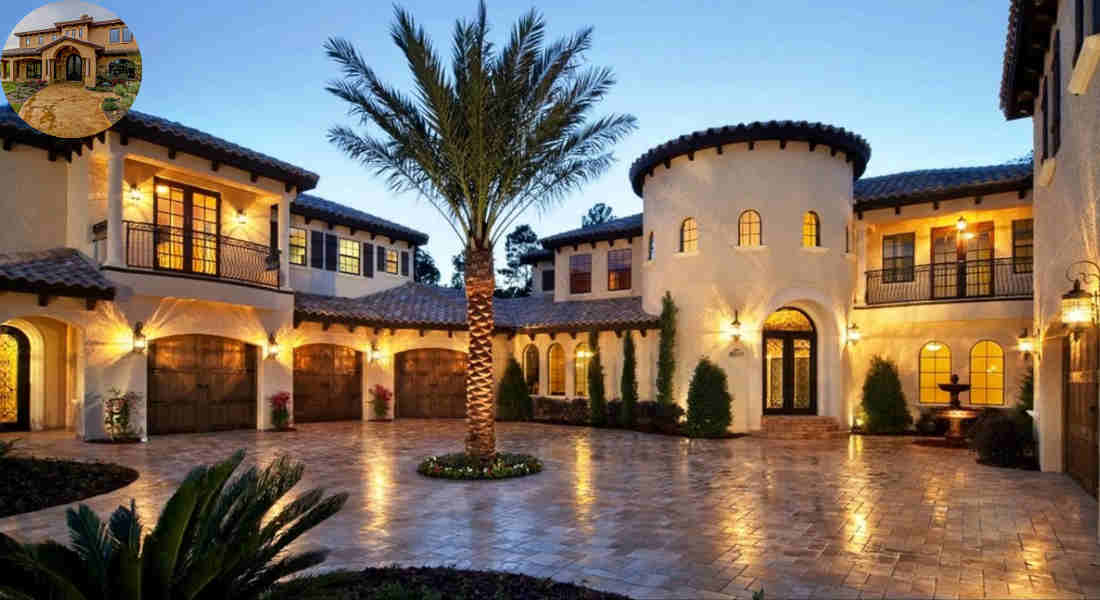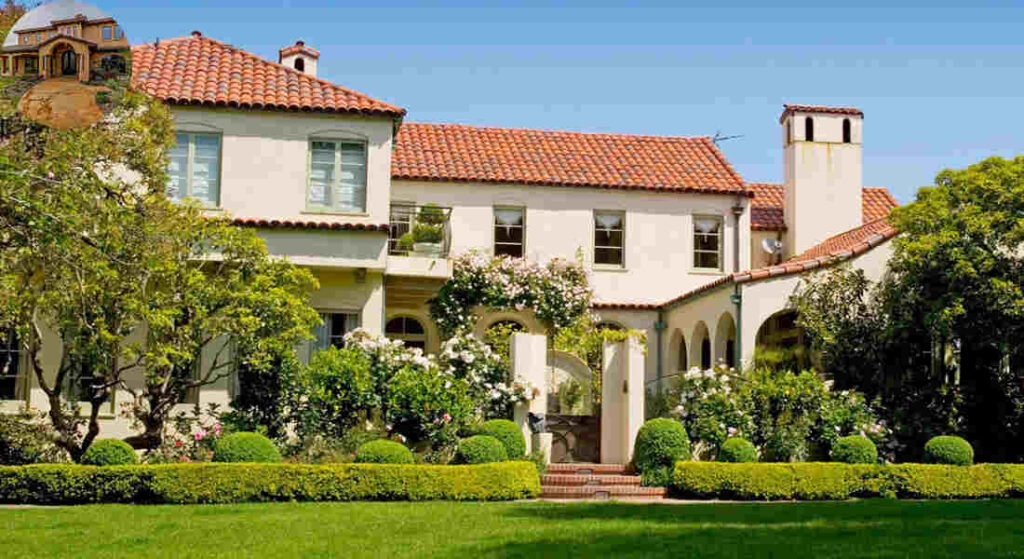Mediterranean home architecture is defined by its harmonious blend of traditional coastal design elements from Spain, Italy, and Greece with modern innovations that emphasize comfort, elegance, and a strong connection to the natural environment. Key features include stucco walls, red clay tile roofs, and large, symmetrical facades often centered around arched doorways and windows. These homes prioritize indoor-outdoor living with expansive patios, terraces, and balconies that invite natural light and fresh air into the space. The use of natural materials such as stone, wood, and terracotta, along with warm earth tones and handcrafted decorative details, creates a timeless aesthetic that is both functional and inviting. Mediterranean architecture celebrates a lifestyle that balances beauty, practicality, and a deep integration with its surroundings, making it especially suited for warm climates.
The Influence of Ancient Mediterranean Cultures
The essence of Mediterranean home architecture can be traced back to the vibrant ancient cultures that flourished across the region. From the Greeks to the Romans, each civilization contributed unique elements that shaped architectural styles.
Greek designs introduced open spaces and a focus on symmetry. Their temples showcased grand columns and intricate friezes, emphasizing harmony with nature. These principles carried over into residential structures, influencing layouts that promote communal living.
On the other hand, Roman architecture brought innovations such as arches and aqueducts. Their emphasis on durability resulted in homes constructed from sturdy materials like stone and brick. This blend of aesthetics and functionality is still evident today.
The Moorish influence added ornate tile work and intricate stucco detailing. The interplay of light through arched windows created inviting interiors filled with warmth.
These diverse influences melded together over centuries to define what we now recognize as Mediterranean home architecture—a style rich in history yet timelessly appealing.
Characteristics of Mediterranean Homes
Mediterranean homes are known for their inviting warmth and charm. One standout feature is the use of arches, which grace doorways and windows alike. These curves create a soft visual flow throughout the space.
Terracotta tiles underfoot add to the rustic appeal. They not only look beautiful but also keep interiors cool in warm climates.
Color plays a vital role as well. Earthy tones like ochre, sandy beige, and muted blues reflect the natural landscape of coastal regions.
Outdoor spaces are essential too; many Mediterranean homes boast expansive patios or courtyards adorned with lush greenery.
Intricate wrought iron details can often be spotted on railings and gates, adding an element of elegance while maintaining that casual vibe inherent to this architectural style.
You may also read (what architectural elements support a homes structure).
Popular Materials Used in Mediterranean Home Design
Mediterranean home design is all about warmth and texture. Materials play a crucial role in creating an inviting environment.
Terracotta tiles are a staple. Their earthy hues add character and authenticity to any space. Their rustic charm is enhanced by their presence underfoot.
Stucco is another popular choice. This plaster finish not only provides insulation but also gives walls a soft, textured appearance that complements the overall aesthetic beautifully.
Wood beams elevate ceilings, adding depth and sophistication. Richly grained timber brings nature indoors while fostering a cozy ambiance.
Wrought iron accents can be spotted throughout Mediterranean designs, from railings to light fixtures. These details offer an elegant touch without overshadowing the natural beauty of other materials used in construction and decor. Each element works harmoniously together to create spaces that feel both comfortable and timeless.
Key Components of a Mediterranean Home Design
Mediterranean home design embodies warmth and elegance. Key components contribute to its timeless appeal.
One standout feature is the sprawling, open floor plan. This layout encourages fluid movement between spaces, perfect for gatherings. High ceilings enhance the sense of openness, allowing natural light to flood in.
Terracotta tile floors add a rustic touch while remaining cool underfoot—a practical choice for warm climates. Arched doorways and windows are essential elements that soften edges and invite charm into each room.
Balconies or terraces often extend living spaces outdoors, creating seamless transitions from interior comfort to nature’s beauty. Decorative wrought iron railings further enrich these areas with intricate designs.
Vibrant colors play a crucial role in Mediterranean homes—think deep blues reminiscent of the sea or earthy tones reflecting sun-soaked landscapes. These hues evoke an inviting atmosphere that captures the essence of coastal living.
You may also read (what defines ancient greek home architecture).
Modern Takes on Mediterranean Architecture
Modern Mediterranean architecture blends tradition with contemporary aesthetics. Designers are reinterpreting classic elements, creating homes that resonate with today’s lifestyles.
Open floor plans are a hallmark of this evolution. They invite natural light and enhance the airy feel typical of Mediterranean designs. Large windows and sliding glass doors seamlessly connect indoor spaces to outdoor patios or gardens.
Sustainable materials have taken center stage as well. Eco-friendly options like reclaimed wood and energy-efficient glazing align with modern values while maintaining the charm of historical styles.
Bold color palettes also characterize modern adaptations. While traditional homes often feature earth tones, today’s structures might showcase vibrant blues or warm terracottas, reflecting the stunning coastal landscapes they inhabit.
This marriage between old-world charm and modern convenience creates unique living experiences for homeowners seeking both style and functionality.
Pros and Cons of Living in a Mediterranean Style Home
Living in a Mediterranean style home offers both advantages and disadvantages that prospective homeowners should consider.
On the plus side, these homes are known for their aesthetic appeal. The charm of terracotta roofs and arched doorways creates an inviting atmosphere. The open floor plans foster natural light and ventilation, which can enhance your living experience.
Energy efficiency is another perk. Thick walls help regulate temperature, keeping interiors cooler in summer months and warmer during winter.Over time, this can result in lower energy bills.
However, there are drawbacks as well. Maintenance can be demanding due to the intricate designs often found in Mediterranean architecture. Regular upkeep of outdoor spaces like courtyards or patios may require significant effort.
It could be challenging to blend different styles if you’re someone who loves mixing aesthetics.
Whether you love it or not depends on personal taste and lifestyle needs. Understanding these factors will help you decide if a Mediterranean style home is right for you.
You may also read (discover the best architectural supports for your home).
